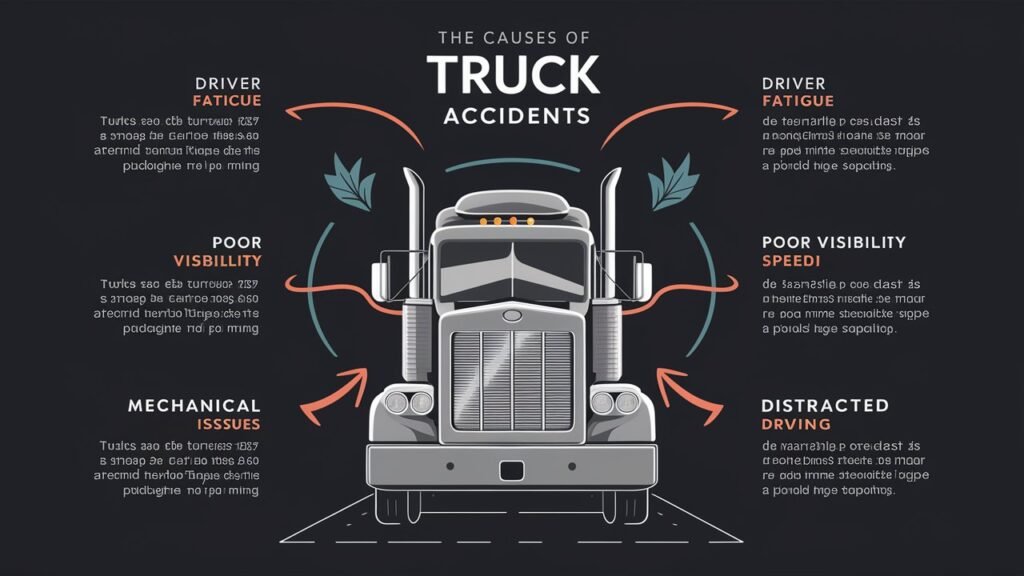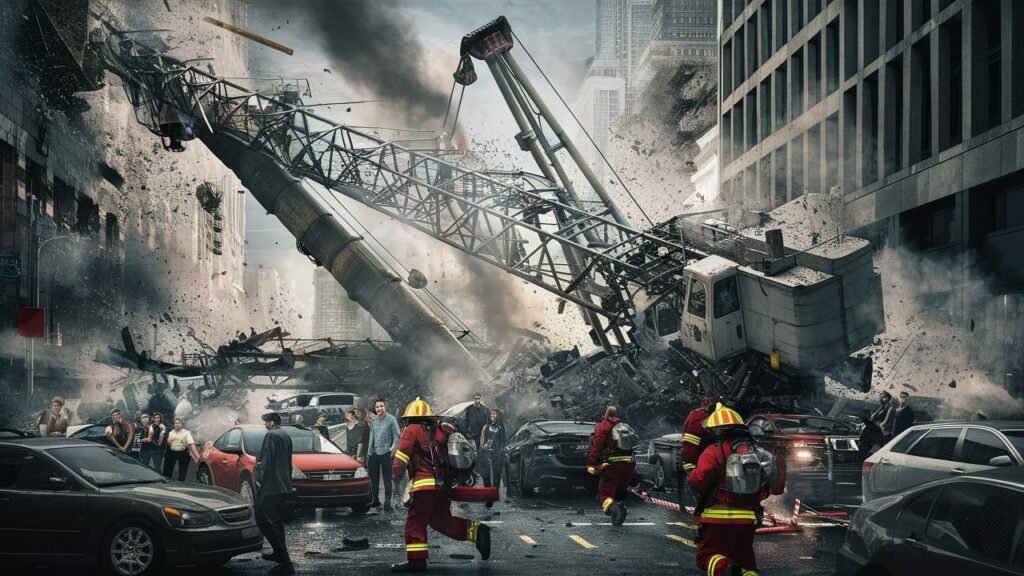Birth injuries can be devastating for families, impacting both the child and parents emotionally, physically, and financially. This guide aims to provide comprehensive information on seeking legal assistance for birth injuries, including understanding the causes, navigating legal options, and ensuring your child’s future is protected through effective legal representation.
1. Understanding Birth Injuries
Birth injuries are typically caused by complications during labor and delivery, which can lead to various types of injuries:
- Brachial Plexus Injuries: Nerve damage affecting the arm and shoulder.
- Cerebral Palsy: Neurological disorder affecting movement and posture.
- Facial Nerve Injuries: Damage to facial nerves during delivery.
- Bone Fractures: Fractures occurring during difficult deliveries.
2. Causes of Birth Injuries
Several factors can contribute to birth injuries, including:
- Prolonged Labor: When labor lasts longer than expected.
- Fetal Distress: Signs of distress in the baby during labor.
- Improper Use of Assisted Delivery Tools: Forceps or vacuum extractor misuse.
- Failure to Monitor Fetal Heart Rate: Inadequate monitoring during labor.
3. Legal Options for Parents of Children with Birth Injuries
Parents of children with birth injuries have legal rights and options to pursue compensation and support:
3.1. Medical Malpractice Claims
Focus Keyword: Birth injury lawyer
Claims can be filed against healthcare providers for negligence or medical errors during labor and delivery.
3.2. Product Liability Claims
Focus Keyword: Legal help for birth injury
Claims against manufacturers of defective medical devices or drugs used during childbirth.
3.3. Personal Injury Claims
Focus Keyword: Childbirth injury lawyer
Claims for injuries caused by accidents or negligence that occurred during childbirth.
4. Steps to Take After Your Child’s Birth Injury
Knowing what steps to take immediately after a birth injury is crucial for protecting your child’s health and legal interests:
4.1. Seek Medical Attention
Focus Keyword: Birth injury attorney
Obtain immediate medical care for your child. Document all medical treatments and diagnoses related to the birth injury.
4.2. Obtain Medical Records
Focus Keyword: Legal assistance for birth injury
Request copies of medical records, including prenatal care, labor, and delivery records, to understand what occurred during childbirth.
4.3. Consult with a Birth Injury Lawyer
Focus Keyword: Birth injury legal help
Schedule a consultation with an experienced birth injury lawyer to discuss your legal rights and options.
4.4. Document Everything
Focus Keyword: Birth injury legal representation
Keep detailed records of all communications with healthcare providers, insurance companies, and legal representatives.

5. Types of Compensation Available
Families of children with birth injuries may be entitled to various forms of compensation:
- Medical Expenses: Coverage for past and future medical treatments.
- Therapy and Rehabilitation Costs: Physical therapy and other rehabilitation services.
- Pain and Suffering: Damages for physical pain and emotional distress.
- Future Loss of Earnings: Compensation for the child’s diminished earning capacity due to the injury.
6. Role of a Birth Injury Lawyer
A birth injury lawyer plays a critical role in advocating for your child’s rights and pursuing fair compensation:
6.1. Legal Expertise
Focus Keyword: Child birth injury lawyer
Lawyers specializing in birth injuries understand medical complexities, legal precedents, and strategies for building strong cases.
6.2. Investigation and Evidence Gathering
Focus Keyword: Legal representation for birth injury
Lawyers conduct thorough investigations, consult medical experts, and gather evidence to establish liability and damages.
6.3. Negotiation and Litigation
Focus Keyword: Birth injury legal representation
Lawyers negotiate with insurance companies or pursue litigation to secure maximum compensation for the child’s injuries and future needs.
7. Case Studies and Legal Precedents
Reviewing case studies can provide insights into successful strategies and outcomes in birth injury cases:
Case Study: Smith v. Hospital XYZ
In this case, negligence on the part of Hospital XYZ during childbirth led to a severe birth injury to Baby Smith. Through legal representation, the Smith family received compensation for medical expenses, ongoing care, and emotional distress, highlighting the importance of skilled legal advocacy in birth injury cases.
8. Advocacy for Birth Injury Awareness and Prevention
Efforts focus on raising awareness about birth injuries, promoting patient safety measures, and advocating for policy changes to prevent future incidents.


















